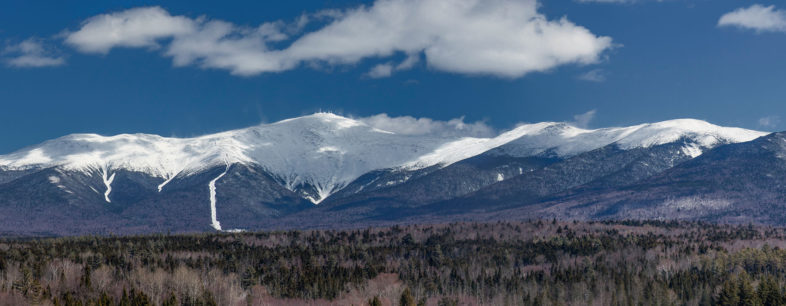
Mount Washington and the Presidential Range in winter. A full panorama photo by K.P. McFarland can be viewed by clicking on the image.
Although the days are slowly growing longer, life in the Northeast now finds itself in the coldest depths of winter. January is about survival. Wildlife that doesn’t migrate adapts instead in order to make it to spring. Here’s a few tidbits of natural history happening outdoors this month around you.
Myth Buster: The Fabled January Thaw
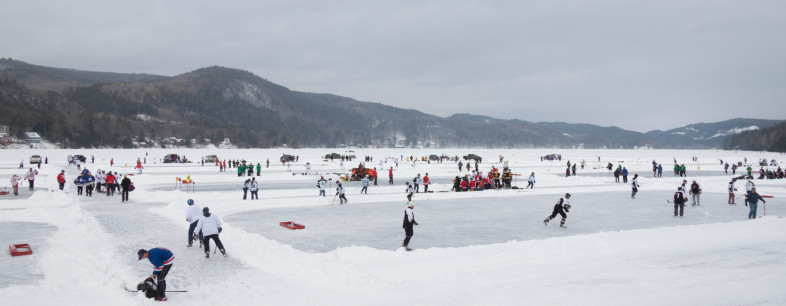 In much of the Northern Hemisphere the coldest day of the year, on average, falls on January 23. During the final week of January, temperatures are thought to show a slight increase, and subsequent dip. The ‘January thaw’, as it has been named, is said to last for about a week. Researchers from Cornell University and the National Oceanic and Atmospheric Administration aimed to find out if this piece of meteorological folklore was fact or fiction. Their analysis published in the Bulletin of the American Meteorological Society in 2002 concluded that “the effects of sampling in finite climate records are wholly adequate to account for the existence of January thaw “features” in northeastern U.S. temperature data.” They also state, “While this powerful human capacity to find order in nature has served and continues to serve us extremely well, it also sometimes leads us to falsely impute meaning to chance events.” In other words, it’s all in our heads. There is no January thaw in the records according to their analysis.
In much of the Northern Hemisphere the coldest day of the year, on average, falls on January 23. During the final week of January, temperatures are thought to show a slight increase, and subsequent dip. The ‘January thaw’, as it has been named, is said to last for about a week. Researchers from Cornell University and the National Oceanic and Atmospheric Administration aimed to find out if this piece of meteorological folklore was fact or fiction. Their analysis published in the Bulletin of the American Meteorological Society in 2002 concluded that “the effects of sampling in finite climate records are wholly adequate to account for the existence of January thaw “features” in northeastern U.S. temperature data.” They also state, “While this powerful human capacity to find order in nature has served and continues to serve us extremely well, it also sometimes leads us to falsely impute meaning to chance events.” In other words, it’s all in our heads. There is no January thaw in the records according to their analysis.
BLACK BEAR BIRTH
By now bears are ensconced in their winter dens, slowly burning the thick layers of autumn fat. January’s full moon is sometimes called the ‘bear moon’. Later this month and into early February, the females will give birth.The mother bear will lick them clean, keep them warm, and move into a position that makes it easier for them to nurse. The newborn cubs weigh about same as a can of soda. They’ll nurse on their mother’s high-fat milk and by spring they will be 6 to 8 pounds.
Deer yards are key to winter survival
White-tailed Deer survive the harsh northern winters using specific winter habitat, what most of us call “deeryards.” These areas have ample evergreen trees for cover on slopes that often have a southerly aspect, providing protection from deep snow, cold temperatures, and wind. Deeryards might be only a few acres to perhaps as large as 100 acres. If conditions remain the same, these yards can be used for generations. Deer may migrate from miles around in late fall to use these areas for the winter. The deer cut their metabolism in half during this time of scarcity in an effort to make it until the lush grasses of spring arrive.
Deeryards are also important for a variety of other wildlife: porcupines, snowshoe hare, fox, fisher, coyotes, bobcats, crows, ravens, crossbills, owls and more. Human encroachment or forestry operations can have a devastating effect on these stands and the wildlife that rely on them. Deeryards make up a small percentage of the land. Only 8% of the forested landscape of Vermont has been identified as deeryard.
Listen to Outdoor Radio as they visit a deeryard and talk more about these important habitats.
THE EAGLES HAVE LANDED
Bald Eagle populations have been slowly rising for decades in the Northeast. Winter provides a great opportunity to see these majestic birds as the congregate around areas of open water on lakes and rivers where food is likely to be found.
Well-known places in Vermont to see eagles include: below the Wilder Dam in Hartford or along the edge of ice on Lake Champlain, specifically near Chimney Point Bridge and Fort Cassin Point near Ferrisburgh. Your best source of recent sightings is on Vermont eBird. Check out the live map of Bald Eagle reports for the whole region and plan your trip.
The nationwide 2017 Mid-winter Eagle Survey takes place from Jan 4-18, 2017 and is coordinated by Vermont Audubon in this state. Don’t forget to add your sightings to Vermont eBird and include important information you witness such as approximate age and any notable behaviors (i.e., carrying nesting material, flying with another eagle, etc.).
RUFFED GROUSE ARE DOWN UNDER
Where’s the warmest place for a bird to spend the night? Depending on the temperature, it might be subnivean. WIth the air temperature dropping well below freezing, a deep blanket of snow might be the insulation that separates life from freezing death for a Ruffed Grouse. You can find places they’ve roosted by the marks in the snow showing where they entered and where they exited their winter den. They may even burst out of the snow in front of you, frightening you into a warmer state. On a warmer night or when snow conditions are poor, grouse may settle for roosting in the branches of an evergreen tree.
Each fall Ruffed Grouse grow comb-like rows of bristles (called pectinations) on their feet. These create a “snowshoe” effect for the grouse, allowing them to walk on the surface of the snow. Grouse also have extra feathers that cover the nostrils on the beak to make the air just slightly warmer as it enters their airways, like a balaclava mask you might wear on a cold winter day.
SNOWBIRD SOCIAL LIFE AT YOUR BIRD FEEDER
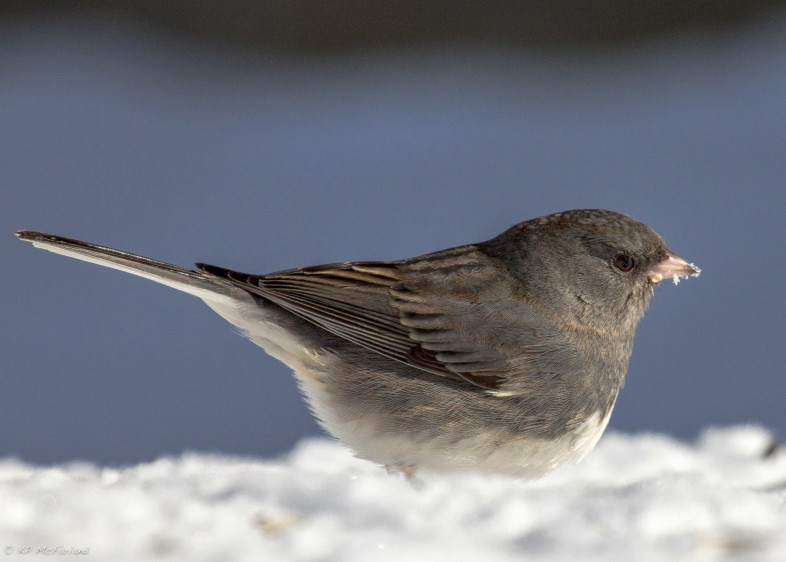
Dark-eyed Junco. / © K.P. McFarland
Dark-eyed Juncos, also known as ‘snowbirds’, spend the winter in small flocks. Each flock has a dominance hierarchy with adult males at the top, followed by juvenile males, and females at the bottom. Watch them at your feeders and you can often observe individuals challenging the status of others with aggressive displays of lunges and tail flicking. But the farther north you are, the fewer females you will see in the flock.
To avoid competition, many females migrate farther south than most of the males. Up to 70% of Juncos wintering in the southern U.S. are females. Males tend to stay farther north in order to shorten their spring migration and perhaps gain the advantage of arriving first at prime breeding territories.
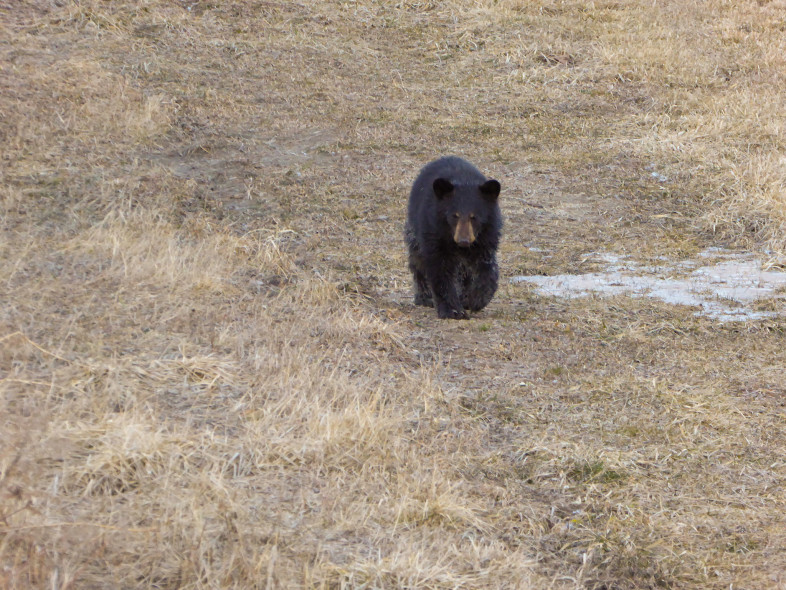
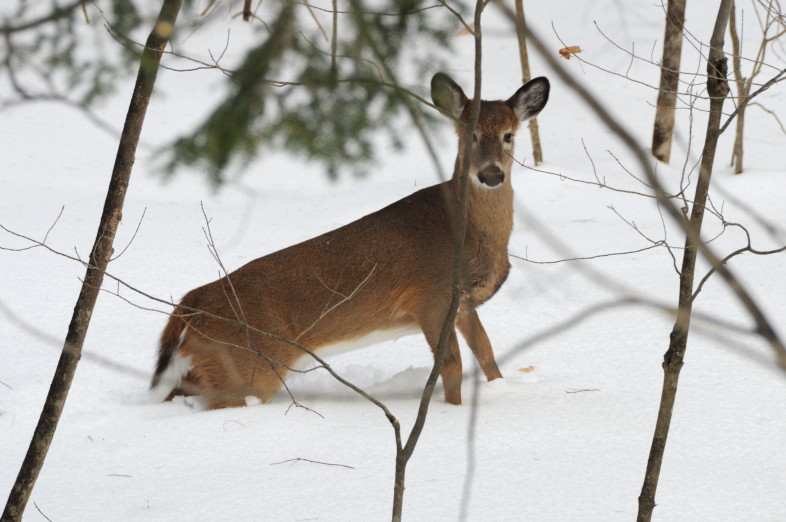
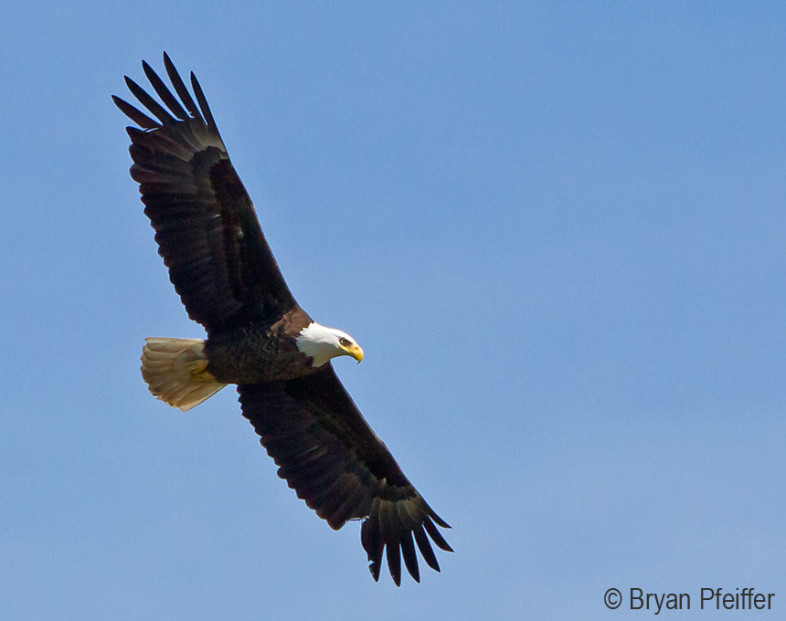
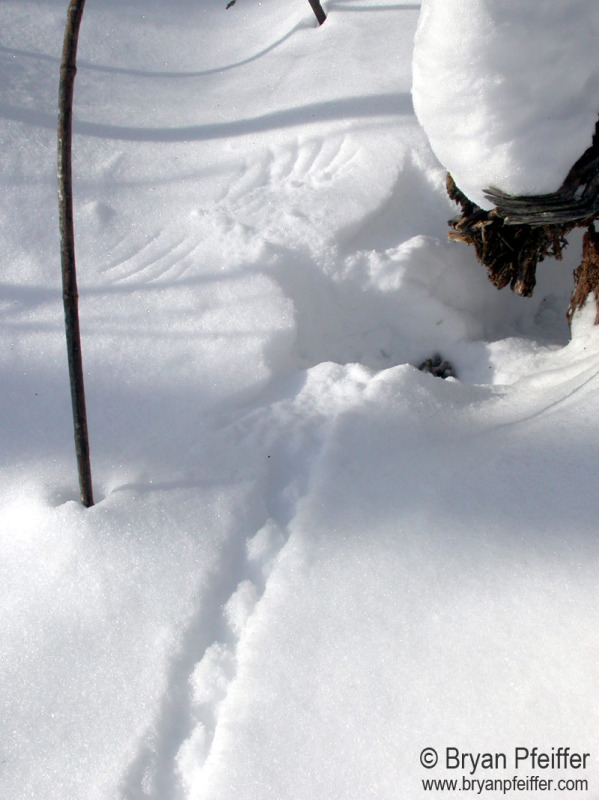

Thanks for this- very cool! Looking forward to learning more next month! I once took the charlotte ferry in winter, and was amazed to watch more than one bald eagle fishing in the open water path cut through the ice in front of the ferry boat.. what incredible creatures.